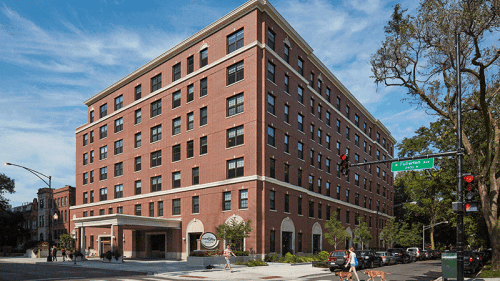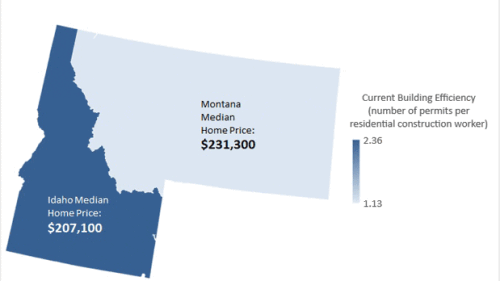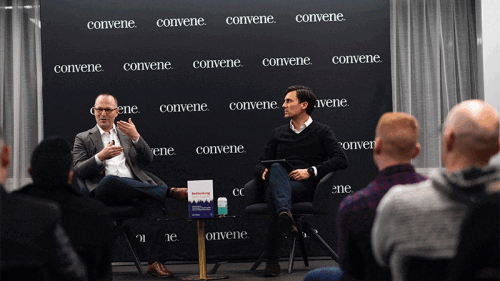News
With the population of older residents fast outpacing the supply of units designed for them, panelists at the 2020 ULI Housing Opportunity Conference in Miami shared how devolopers are working to address the misperceptions, changing financial considerations, and design trends for the sector.
Since 2014, the United States has averaged 300,000 more household formations per year than residential permits issued. While the number of residential construction workers has increased to meet the need, more housing is still needed. If the United States could return to pre-2006 ratio of 2.1 new residential permits for every residential construction worker, there would be almost 400,000 additional housing permits per year, all without adding a single new employee.
With the challenges of technology, mobility, sustainability, and social inclusion, the public and private sectors are working together successfully to build thriving places. Reinventing underused urban spaces to prioritize people is the way. A panel at ULI Europe’s 2020 conference in Amsterdam, moderated by Marilyn Jordan Taylor, professor of architecture and urban design at the University of Pennsylvania and a former ULI global chair, discussed four successful projects around the globe.
Whether it’s evaluating the negative impacts of single-family zoning in cities or blending single-family rental communities with apartments, developers are working to create more housing by taking new approaches, said panelists during the 2020 ULI Tampa Trends event.
The latest research from the Harvard Joint Center for Housing Studies highlights a problem that many communities are experiencing firsthand—that the cost burden for rental housing is expanding and pushing higher up the income ladder to affect middle-income households more significantly.
The top five Canadian real estate markets to watch in 2020 are Vancouver, Toronto, Ottawa, Halifax, and Montreal, according to Emerging Trends in Real Estate ® 2020.
A ban on natural gas connections in new low-rise residences is effective January 1 in Berkeley, California. More cities are likely to follow. How are developers responding to the fossil fuel-free future?
There is no end in sight for the long-lived U.S. economic and real estate market expansion, according to leading real estate economists. These projections are based on a special year-end version of the “ULI Real Estate Economic Forecast,” prepared by the ULI Center for Capital Markets and Real Estate. The forecast is based on a survey completed in December by 27 economists/analysts at 24 leading real estate organizations.
Speaking at an event in New York City, Dror Poleg, a former real estate and technology executive and co-chair of ULI New York’s Technology and Innovation Council, said shifts in real estate often result from overlooked factors that alter its value, beginning in the faraway emergence of landlord/tenant relations out of feudalism and stretching to the innovations of today.
Some of the best minds in commercial real estate seemed a lot less worried at the 26th annual ULI/McCoy Symposium on Real Estate Finance, held in December in New York City. Participants’ top message: investors keep pouring their money into office towers, apartment buildings, and other real estate in the United States despite high prices, worries that the U.S. economy could fall into a recession, and the uncertainty that accompanies a presidential election year.





